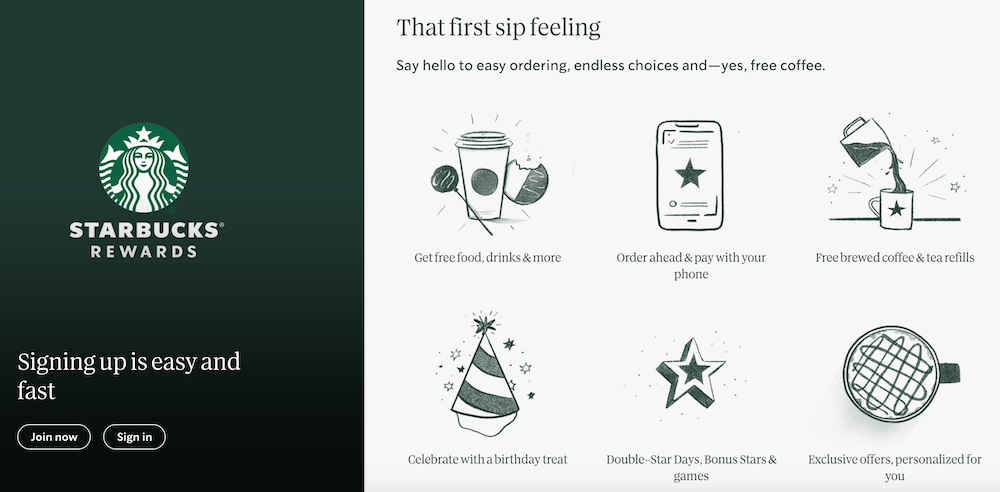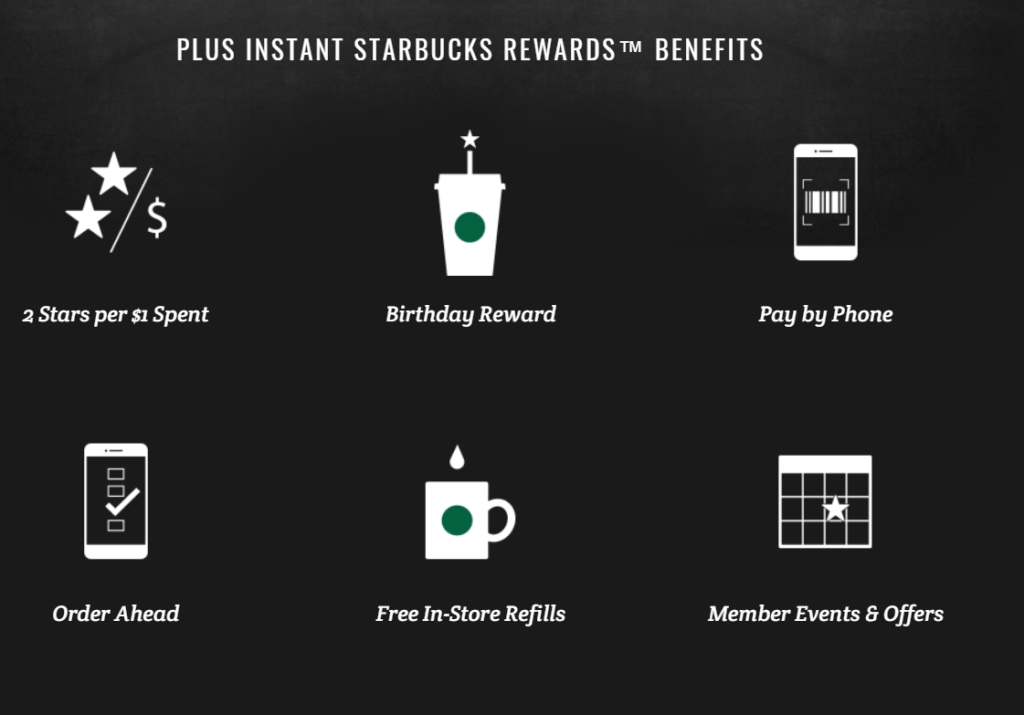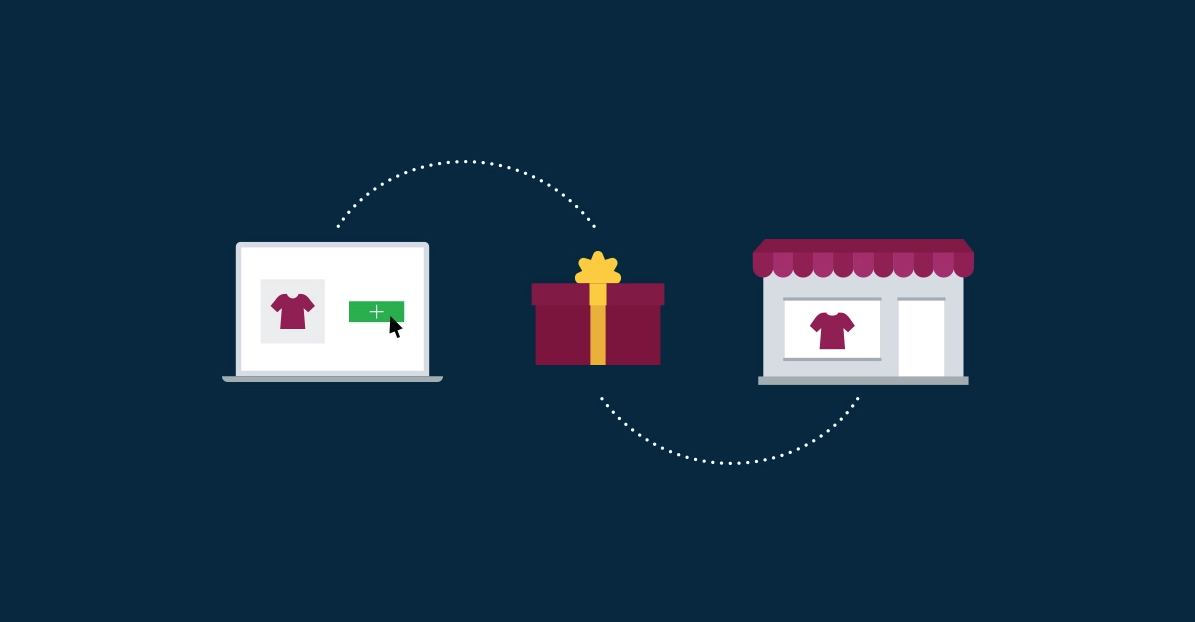All Categories
Featured
Table of Contents
In 1420, Dominick Osborn and India Hanna Learned About Network Marketing

What if you could grow your service without increasing your costs? In truth, what if you could in fact decrease your spending however increase your sales, year after year? Would you do it? If you're a business owner, then you'll likely give a resounding 'yes', an easy response to an even simpler question.
A benefits program tracks and benefits certain spending behavior by the client, providing unique advantages to faithful customers who continue to patronize a particular brand name. The more that the customer invests in the store, the more advantages they receive. Gradually, this reward builds faithful consumers out of an existing customer base.

Even if you currently have a reward program in location, it's a good concept to dig in and fully comprehend what makes customer loyalty programs work, along with how to implement one that costs you little money and time. Do not stress, I'll assist you with that. I'll break down the primary advantages of a commitment program and the very best ways to develop devoted consumers.
Let's dig in. Customer loyalty is when a customer go back to work with your brand name over your competitors and is largely influenced by the positive experiences that the consumer has with your brand. The more favorable the experience, the most likely they will go back to patronize you. Client loyalty is extremely important to organizations since it will assist you grow your service and sales faster than a simple marketing strategy that concentrates on hiring new clients alone.
A few methods to determine customer loyalty consist of:. NPS tools either send out a brand efficiency study via email or ask clients for feedback while they are checking out a business's website. This info can then be used to much better understand the probability of customer commitment. A repurchase ratio measures the ratio of repeat purchasers versus one-time purchasers.
Consumer loyalty index (CLI). The CLI tracks customer commitment in time and is similar to an NPS study. Nevertheless, it takes into account a few extra aspects on top of NPS like upselling and redeeming. These metrics are then used to evaluate brand name loyalty. A customer commitment program is a marketing technique that rewards clients who make purchases and engage with the brand on an ongoing basis.
Consumer benefits programs are designed to incentivize future purchases. This motivates them to continue working with your brand name. Consumer loyalty programs can be established in various ways. A popular customer commitment program rewards consumers through a points system, which can then be spent on future purchases. Another type of client loyalty program might reward them with member-exclusive benefits or totally free presents, or it might even reward them by donating money to a charity that you and your consumers are mutually passionate about.
In Stafford, VA, Leyla Werner and Derrick Logan Learned About Marketing Campaign
By offering benefits to your clients for being loyal and supportive, you'll construct a connection with them, deepening their relationship with your brand and hopefully making it less likely for them to change to a rival. You've likely seen client commitment programs in your own shopping experience, whether at your favorite coffee shops or your most frequented supermarket.
But just since everybody is doing it does not mean that's a good sufficient factor for you to do it too. The much better you comprehend the benefits of a customer rewards program, the more clarity you will have as you produce one for your own store. You will not be distracted by interesting advantages and complex commitment points systems.
Remember: work smarter, not harder. Customer retention is the primary benefit of a rewards program that serves as a foundation to all of the other benefits. As you offer rewards for your existing consumer base to continue to buy from your shop, you will supply your store with a constant flow of money month after month.
By growing your retention rate, you can stop spending as much time or money on increasing your overall variety of clients. Why is this important? Devoted clients have a higher conversion rate than brand-new consumers, suggesting they are most likely to make a transaction when they visit your shop than a new consumer.
By increasing your retention rate by just 5 percent, you can increase your revenues by 25 percent and as much as by 95 percent. Needless to state, your retention rate matters. Secret Takeaway: If you want to substantially increase your profits, supply incentives for your existing customers to continue to go shopping at your shop.
And you will not have to spend cash on marketing to get them there. Customer acquisition (aka generating brand-new clients) takes a lot of effort and cash to encourage total strangers to trust your brand, come to your store, and attempt your products. In the end, any money earned by this new consumer is overshadowed by all of the cash invested in getting them there.
Key Takeaway: If you wish to decrease spending, focus on consumer retention instead of client acquisition. When you focus on supplying a positive customized experience for your existing customers, they will naturally inform their good friends and family about your brand name. And with each subsequent transaction, devoted clients will inform even more people per deal.
In Duarte, CA, Jaiden Calderon and Keaton Valencia Learned About Subscriber List
The best part? Because these brand-new consumers originated from relied on sources, they are most likely to become loyal clients themselves, investing more typically than new customers brought in by other marketing efforts. The Chase Ultimate Rewards program, for example, provides significant perks for individuals who travel a lot.
The 'supreme benefits' that Chase cardholders receive include 2x points per dollar invested in all travel purchases in addition to main rental car insurance, no foreign deal costs, trip cancellation insurance, and purchase security. For people who take a trip a lotand have disposable income to do sothere is a huge incentive to invest cash through the ultimate rewards program.
This entire process makes redeeming benefits something worth extoling, which is precisely what lots of cardholders end up doing. And to assist them do it, Chase uses a reward for that too. Key Takeaway: Make it easy for your clients to extol you and they will spread the word about your purchase totally free.
As soon as you get the essentials down, then using a commitment rewards app can help take care of the technical details. Here are the steps to begin with producing your client commitment program. No customer wishes to buy products they don't want or require. The same chooses your commitment program.
And the only method to tailor a tempting consumer commitment program is by totally understanding your client base. The very best method to do this? By carrying out these strategies: Construct client contact info wherever possible. Guarantee your business is continuously constructing a detailed contact list that enables you to access existing customers as often and as easily as possible.

Track consumer behavior. Know what your clients want and when they desire it. In doing so, you can expect their wants and needs and supply them with a commitment program that will please them. Classify client personal traits and preferences. Take a multi-faceted approach, do not limit your loyalty program to just one avenue of success.
Motivate social networks engagement. Frame strategies to engage with your clients and target market on social networks. They will soon supply you with very insightful feedback on your items and services, permitting you to better comprehend what they anticipate from your brand name. When you have exercised who your customers are and why they are doing business with your brand, it's time to decide which type of loyalty benefits program will encourage them to remain loyal to you.
In Martinsville, VA, Katie Bennett and Luka Dodson Learned About Mobile App
Nevertheless, the most typical consumer loyalty programs centralize around these primary principles: The points program. This kind of program focuses on fulfilling consumers for every purchase they make with points in a point system. These points can then either be utilized on future purchases or put towards some form of reward.
The paid program. This kind of program requires customers to pay a one-time or yearly fee to join your VIP list. Loyalty members who come from this list are able to gain access to distinct benefits or member-exclusive benefits. The charity program. This type of program is a little various than the others.
This is achieved by motivating them to do company with the brand and, in return, their commitment will be rewarded with a contribution to a charity. The tier program. This kind of program focuses on increasing levels of brand name commitment. The more faithful a client is to a brand, the higher tier they will reach and the better the rewards they will get.
This kind of program is simply as it sounds, where one brand name partners with another brand to offer their collective audiences with special member discount rates or offers that they can redeem while doing company with either brand name. The neighborhood program. This kind of program incentivizes brand loyalty by offering its members with access to a like-minded neighborhood of people.
This type of program is relatively similar to paid programs, however, the subscription cost happens on a regular basis rather than a one-time payment. Next, pick which client interactions you 'd like to reward. Base these benefits around which interactions benefit your business the most. For example, to help your company out, you can provide action-based rewards like these: Reward consumers more when working with your brand during a slow period of the year or on an infamously slow day of company.
Reward customers for engaging with your brand on social media. Incentivize particular products you are attempting to move quickly. Incentivize purchases that are over a particular dollar quantity. The concept is to make your client loyalty program as easy as possible for your customers to utilize. If your customer loyalty program isn't personnel friendly, isn't easy to track, is too expensive to run, or isn't easy for your customers to utilize or understand, then personnel and consumers alike most likely won't benefit from it.
To eliminate these barriers to entry, think about integrating a client commitment software that will help you keep on top of all of these elements of your program. Some quality consumer program software application include:. CandyBar is a digital punch card program. It works by tracking your customer's purchases through an app on a computer, phone, or tablet.
In 34711, Tatiana Woodward and Jamie Pacheco Learned About Special Offers
Loyalty members can then examine their rewards via text and entrepreneur can use the program to contact their customers. Yotpo. Yotpo is a cloud-based customer loyalty platform specifically for eCommerce businesses. This software is especially proficient at gathering every kind of user-generated material, useful for customizing a better consumer experience.
Loopy Loyalty is a handy client loyalty software application for services that predominantly use Google Wallet or Apple Pay as their payment platforms. The software application creates a digital loyalty card that sends push alerts to their customers' phones when they are in close proximity to their brick and mortar shop. When you've made the effort to decide which client loyalty methods you are going to implement, it's time to begin promoting and signing up your first loyalty members.
Usage in-store advertisements, incorporate call-to-actions on your website, send out promos by means of e-mail newsletters, or upload promotional posts on social networks to get your customers to join. It's essential to comprehend the primary advantages of a client rewards program so that you can produce a customized experience for both you and your client.
Think about it. You know what type of products your clients like to buy but do you understand what brings them back, day after day, week after week? What makes them select your shop over the shop across the street? What makes them your customer and not the consumer of your biggest rival? Remarkably, the responses to these questions don't boil down to discount rates or quality items.
Latest Posts
Responsive Design Best Practices - Google Search Central Tips and Tricks:
Web Design - Uci Division Of Continuing Education Tips and Tricks:
Website Builders Near Me Frederick MD